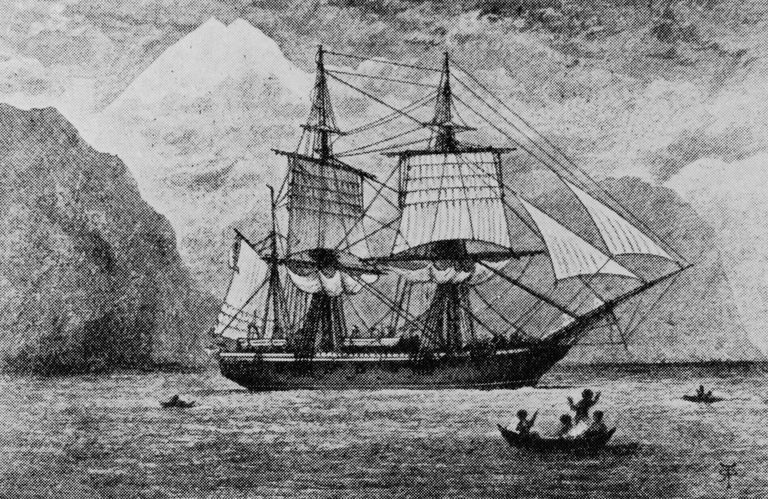Back here are specimens collected by Joseph Banks in Australia, Alexander von Humboldt in Amazonia, Darwin on the Beagle voyage, and much else that is either very rare or historically important or both. Many people would love to get their hands on these things. A few actually have. In 1954 the museum acquired an outstanding ornithological collection from the estate of a devoted collector named Richard Meinertzhagen, author of Birds of Arabia, among other scholarly works. Meinertzhagen had been a faithful attendee of the museum for years, coming almost daily to take notes for the production of his books and monographs. When the crates arrived, the curators excitedly jimmied them open to see what they had been left and were surprised, to put it mildly, to discover that a very large number of specimens bore the museum's own labels. Mr. Meinertzhagen, it turned out, had been helping himself to their collections for years. It also explained his habit of wearing a large overcoat even during warm weather.

A few years later a charming old regular in the mollusks department—"quite a distinguished gentleman," I was told—was caught inserting valued seashells into the hollow legs of his Zimmer frame.











